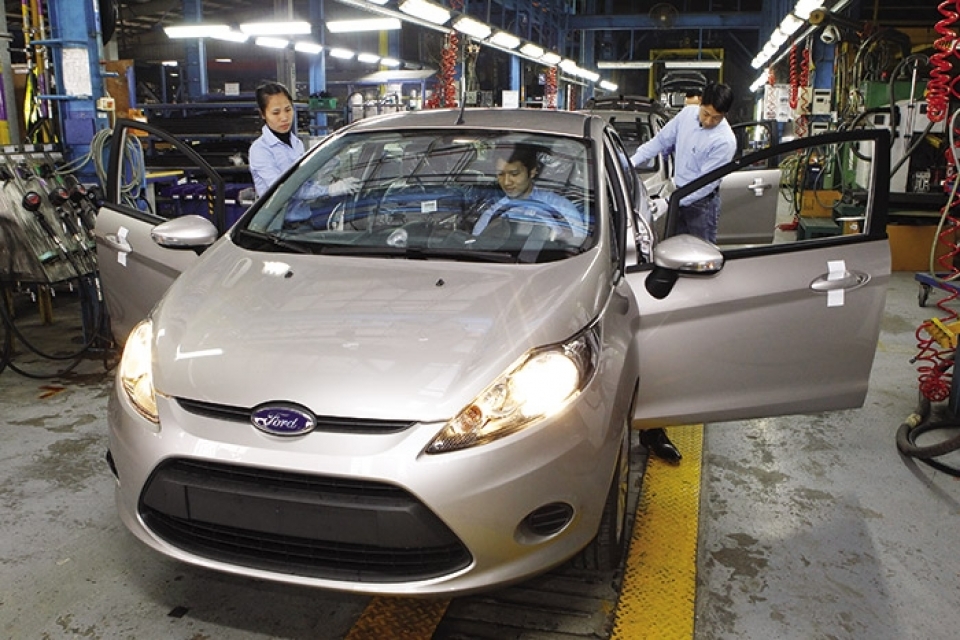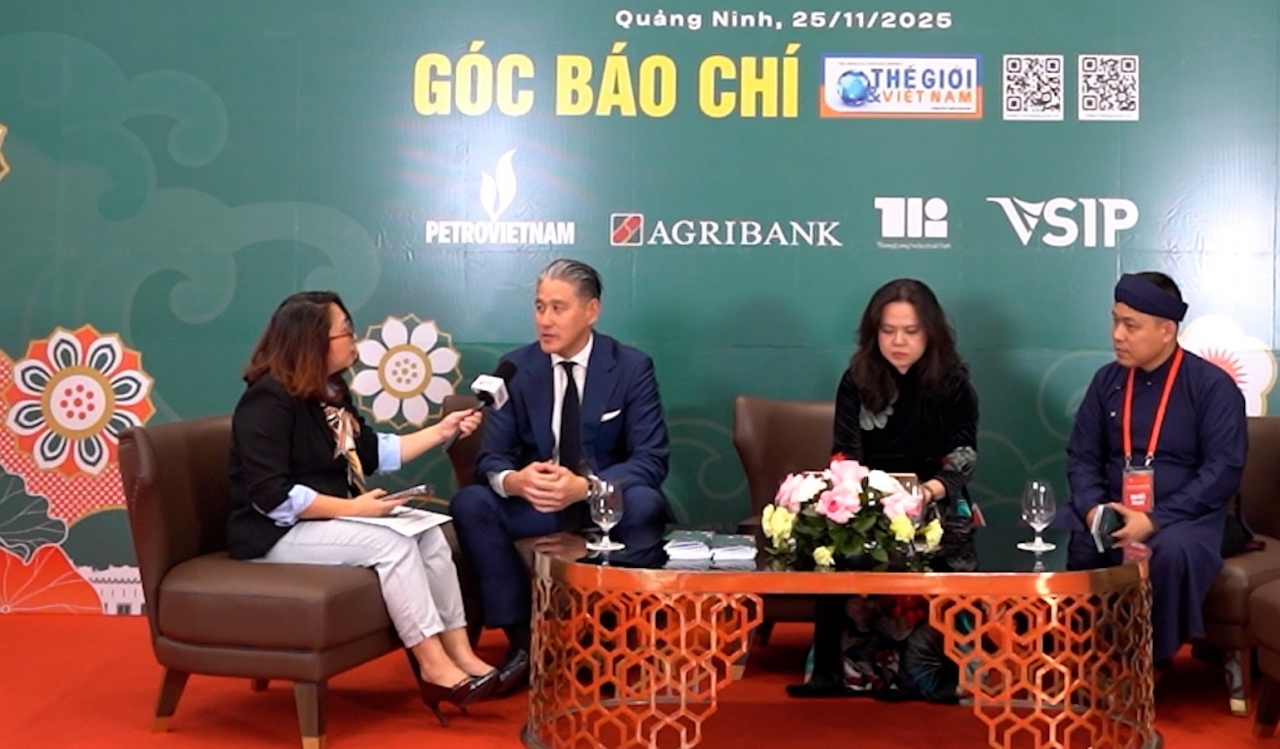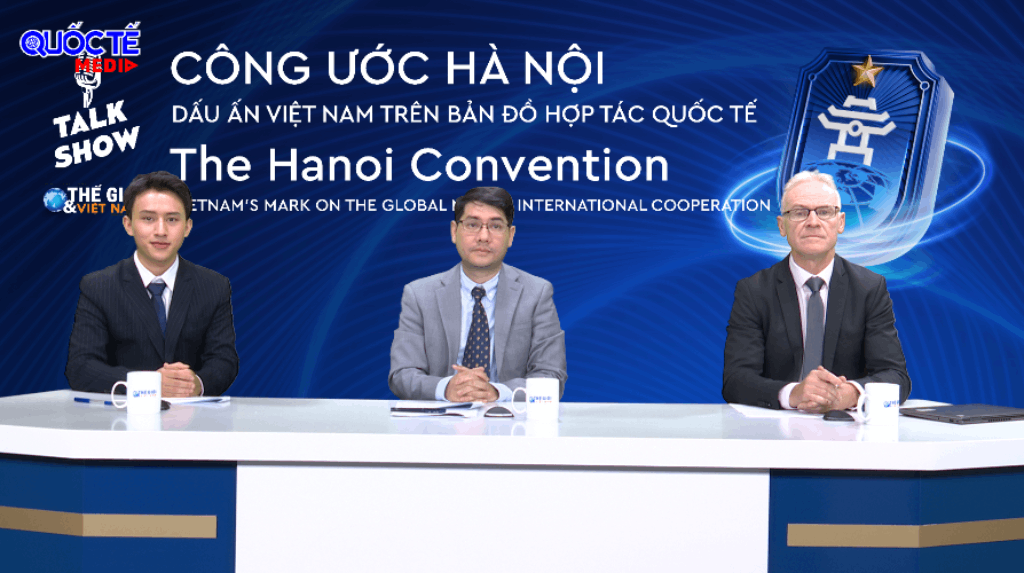
Vietnam expects more investment out of China
Latest
| TIN LIÊN QUAN | |
| Vietnam’s realty market sees opportunities from Sino-US trade war | |
| Vietnam urged to take actions for seizing investment from China | |
Economist at the Diplomatic Academy of Vietnam Nguyen Van Lich has, along with colleagues, recently conducted statistics about businesses planning to move production facilities out of China, and many select Vietnam as a good market for their new manufacturing bases.
China’s production costs are growing strongly, together with risks caused by high import tariffs by the US on Chinese firms, who will find it difficult to boost exports there.
“Vietnam will likely welcome new foreign direct investment (FDI) and production from China,” Lich said.
He cited Brooks Running, an American producer of high-performance running shoes, clothing, and accessories, considering shifting manufacturing operations to Vietnam to shun the trade war tariffs.
“The company’s CEO said that if it relocates its production to Vietnam or elsewhere, this decision will be permanent, because the company cannot continue keeping suppliers in China with certain risks,” Lich said.
 |
| Despite ongoing uncertainies regarding the trade war, Vietnam can still benefit from it. (Photo: Le Toan) |
Foreign media cited CEO Jim Weber saying that Brooks Running is preparing for a 25 per cent tariff on its business, on top of 20 per cent already set on running shoes, and that Vietnam will be a “possible” new supply chain for Brooks Running with the transition likely costing “millions” of US dollars.
In other cases Japanese giants Nitto Denko, which produces tapes, vinyl, and LCDs, and Nikon, specialising in optics and imaging products, have decided to leave the Chinese city of Suzhou.
According to Lich, other major businesses such as Panasonic, Sharp, Toshiba, Philips, Sony, Honeywell Security, and Seagate have also withdrawn from China. Last year, the Netherlands’ Philips shut down its factory in Shenzhen. Samsung also followed suit this June. A month later, Japan’s Omron factory announced that it would stop production in China permanently. Taiwanese electronics giants such as Compal and Inventec also stand ready to leave China for other potential markets like Eastern Europe, Mexico and Southeast Asia.
According to a recent survey of over 430 US companies by the American Chamber of Commerce in Shanghai, American businesses in China are facing numerous challenges.
Specifically, for the second year running, 60 per cent of respondents found that China’s regulatory environment lacks transparency, which obstructs good business practice. Lack of intellectual property rights protection (61.6 per cent) and obtaining required licenses (59.5 per cent) were the top two regulatory challenges.
Rising costs and domestic competition, at 95.6 and 85.7 per cent, respectively, were viewed as the greatest operational challenges.
Besides, the US imposition of import tariffs on made-in-China goods will make China’s competitive advantages weaker than those of Vietnam. This will prompt investors to find alternative funding and manufacturing locations, with Vietnam an attractive choice.
“Due to China’s rising costs and trade tense, many foreign companies there have and will continue leaving this nation for new markets, including Vietnam,” said Nguyen Duc Tiep, a representative of the Investment Promotion Centre of the north-eastern province of Quang Ninh.
“Over the past few months, we have listened to many who are seeking investment in Quang Ninh instead of continuing investment and production in China,” Tiep told VIR.
Adam Sitkoff, executive director of the American Chamber of Commerce in Hanoi, also told VIR, “US companies, similar to those from many other countries, are constantly adjusting their supply chains to stay competitive. It is possible that some companies will look at shifting production from China to Vietnam to avoid higher tariffs.”
But according to Maxfield Brown, business intelligence associate at multi-disciplinary professional services firm Dezan Shira & Associates, investors are choosing to supplement Chinese operations instead of abandoning them, with low-cost inputs sourced from production facilities in markets such as Vietnam.
While the structures of these operations differ greatly depending on the country in question, this production model has become widely known as China+1.
“Foreign investors pursuing China+1 generally benefit from cost reductions on wages and land pricing. Vietnam again stands out in this respect, offering investors a minimum wage 59 per cent of that found in China and 70 per cent of that in Thailand,” Brown said. “Perhaps most importantly, Vietnam’s network of trade agreements is among the best that manufacturers will be able to find at this point on the value chain.”
 | Vietnam among leading destinations for Asia-Pacific travelers in 2018 Vietnam sees top arrivals from China, Japan, Taiwan (China), and South Korea. |
 | ASEAN Plus 3 young entrepreneurs share startups experience Young entrepreneurs and leaders from the ASEAN member nations and those from the Republic of Korea (RoK), Japan and China - the dialogue partner countries ... |
 | Vietnam prepares to reap benefits of US-China trade war Vietnam should take advantage of the opportunities offered by the US-China trade war but also be aware of the negative consequences, experts said at a ... |
























